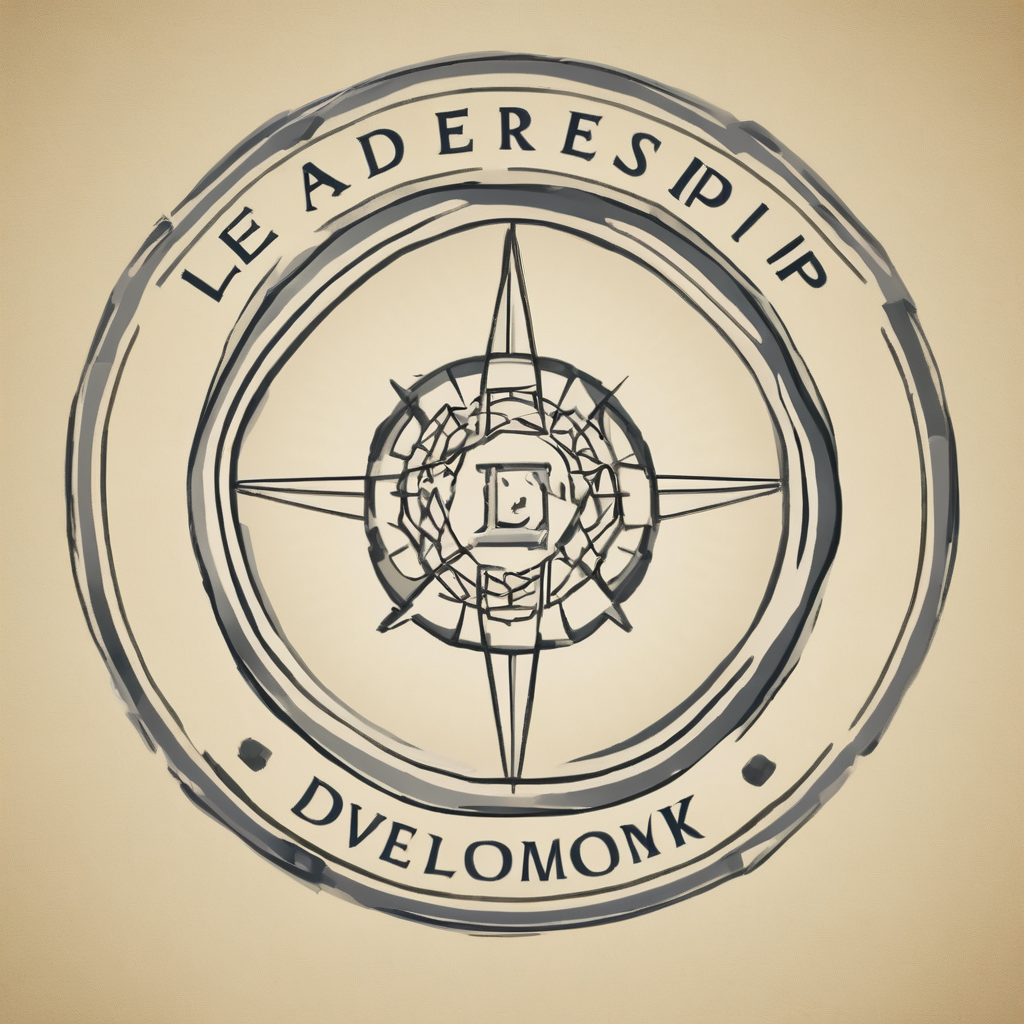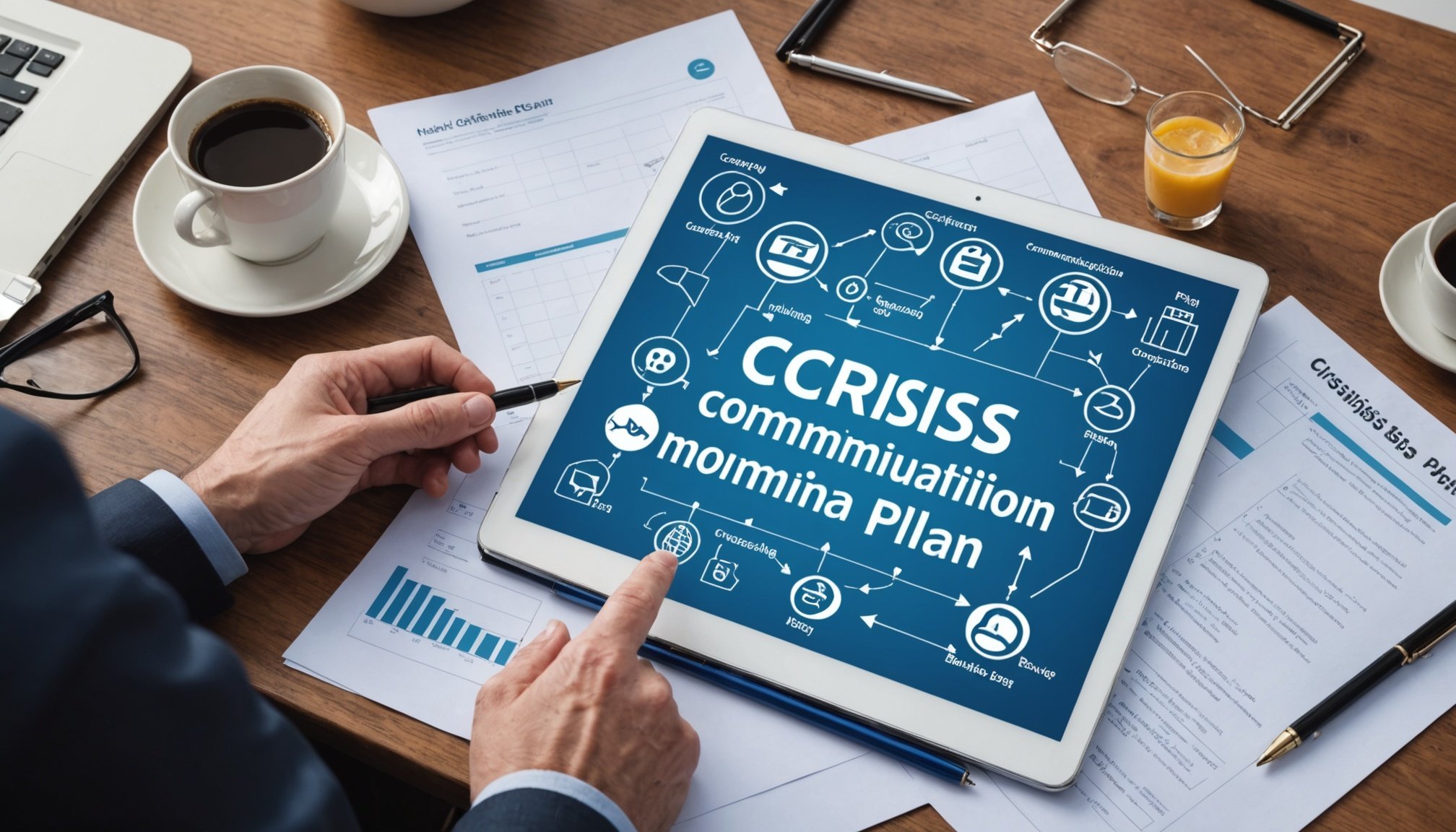Importance of a Crisis Communication Plan
Crisis communication significance is paramount in effective risk management, ensuring that businesses are prepared to convey clear and consistent messages during unforeseen events. This structured approach helps safeguard stakeholder trust by maintaining transparent and consistent updates throughout the crisis period. Without a robust plan, misinformation can spread, potentially harming the organisation’s credibility and public image.
A well-crafted crisis communication strategy supports business continuity and crisis management by providing a framework to address legal implications, aligning with UK regulations and ensuring compliance. It is essential for organisations to understand that failure to comply with these regulations during a crisis can lead to legal repercussions, further impacting the firm’s reputation and operational stability.
Additional reading : Crafting an invincible cybersecurity blueprint: key tactics for e-commerce platforms in the uk
Companies should prioritise this planning as a proactive measure to secure brand reputation. Engaging in regular drills and updating communication protocols will enhance the crisis team’s readiness, allowing them to respond effectively in real-time situations. Key elements of the plan must include predefined messaging, identified spokespersons, and evaluated communication channels to provide accurate information swiftly and reduce speculation, building resilience against future crises.
Initial Risk Assessment
In the bustling landscape of UK enterprises, navigating potential crises requires sharp risk identification techniques. Organisations must tailor their strategies to address specific threats unique to their operations. Understanding these threats involves a comprehensive crisis risk assessment, which pinpoints vulnerabilities across various sectors.
In the same genre : Horizon europe: unlock funding for innovation and research
To thoroughly prepare, businesses should conduct a SWOT analysis, assessing their strengths, weaknesses, opportunities, and threats. This analysis is crucial for evaluating both internal capabilities and external risks, helping form robust strategies to tackle any arising challenges.
Effective risk assessment necessitates using sophisticated tools and techniques tailored to business needs. Tools such as risk matrices and software solutions offer data-driven insights, equipping companies with the means to prioritise potential threats and allocate resources efficiently. These instruments not only highlight immediate risks but also aid in long-term strategic planning.
Employing these tools allows enterprises to mitigate risks proactively, ensuring they remain resilient in a crisis. Embracing these methods empowers businesses to react skillfully to uncertainties, providing stability amidst turbulence. Thus, mastering risk identification and implementing a thorough crisis risk assessment framework is paramount for safeguarding the future of UK enterprises.
Key Stakeholders Identification
Understanding stakeholder mapping is crucial for effective crisis management. This process involves identifying both internal and external stakeholders who might be affected or have influence during a crisis. Internal stakeholders typically include employees, management, and board members. External stakeholders can range from customers, suppliers, and regulatory bodies to media and the general public.
Once the stakeholders are identified, the next essential step is to prioritise them based on their impact and influence. Stakeholders who hold significant influence or whose support is crucial to the organisation’s survival during a crisis are prioritised. Implementing a strategic approach helps in allocating attention and resources efficiently.
Communication is key; thus, tailoring communication preferences for different stakeholder groups enhances responsiveness and trust. For instance, while some stakeholders might prefer detailed reports, others might favour brief and regular updates. Understanding these preferences is vital to ensure that the right message reaches the right people at the right time.
By conducting thorough stakeholder mapping, organisations can prepare better for crises, effectively aligning their strategies with stakeholders’ needs and influencing successful crisis management outcomes.
Crisis Communication Team Structure
Establishing a clear crisis communication team structure is crucial for effectively managing unforeseen events. Each team member should have distinct roles and responsibilities, ensuring that all aspects of crisis management are covered. A well-organized crisis communication team is essential in maintaining a structured approach during a crisis.
One of the most significant aspects is appointing a designated crisis communication leader. This individual acts as the central point of contact, ensuring cohesive communication throughout the organization. The leader is responsible for decision-making and orchestrating the team’s efforts, enabling efficient and authoritative responses.
Defining specific crisis communication roles within the team is equally vital. This includes roles such as the spokesperson, who liaises with the media, and the internal communicator, who disseminates information within the organization. Clear role allocation prevents overlap and confusion, facilitating a smooth crisis response.
It is important that all team members undergo continuous training and preparedness exercises. These exercises equip the team with the necessary skills to tackle potential challenges and adapt their communication strategies when required. By emphasizing training, an organization ensures its team is ready to respond swiftly and effectively, safeguarding its reputation and minimizing potential damage.
Development of Messaging Strategies
In times of crisis, crafting key messages tailored to diverse audiences is crucial. Messaging strategies must be adaptable to various crisis types and communication platforms to ensure effectiveness and reach. These strategies aid in controlling the narrative by delivering accurate and relevant information promptly.
Crucial for any organisation is the ability to differentiate between audiences such as the public, stakeholders, and media outlets. Each audience may require a unique approach to crisis messaging that resonates with them. Not only should the content be relevant, but it should also be optimised for the platform—consider how social media might require more concise and impactful languages than traditional press releases.
Maintaining transparency and consistency in communications builds trust and credibility. Consistency involves regularly updating the information as situations evolve, ensuring all messages align with the organisation’s core values and objectives. Meanwhile, transparency provides stakeholders with clear insights into how the crisis is being managed.
Tailoring messaging strategies also means considering variables like geographic location, cultural sensitivities, and the emotional context of the audience. By integrating these elements, organisations can foster a more trustworthy environment, encouraging positive perceptions and cooperative behaviours during challenging times.
Communication Channels and Tools
When evaluating communication channels for crisis management, it’s crucial to differentiate between traditional and digital options. While traditional approaches, such as press conferences and newsletters, have longstanding credibility, digital communication channels offer agility and real-time updates. Digital tools like social media platforms can disseminate information swiftly, reaching vast audiences instantly.
Crisis communication channels must adapt to the changing media landscape. Best practices for employing social media during a crisis include maintaining a consistent message across platforms and actively engaging with the audience to mitigate misinformation. Each platform has unique strengths; for instance, Twitter is excellent for rapid updates, while Facebook can help address public sentiment.
Several digital tools can assist in tracking and managing communication efforts. Tools like Hootsuite or Buffer allow for the scheduling of posts and monitoring of engagement levels, ensuring your crisis response is both proactive and transparent. Additionally, analytics dashboards offer insights into audience reach and sentiment, providing data-driven evaluations of your communication strategy.
Choosing the right blend of traditional and digital communication channels can enhance a crisis response. Leveraging the strengths of both types can lead to a more effective and comprehensive communication approach during a challenging period.
Crisis Communication Plan Template
In times of uncertainty, a well-structured crisis communication plan template is a business’s best ally. Comprising several critical components, this step-by-step guide is designed to streamline communication effectively during an adverse event. At its core, such a plan should include clearly defined roles and responsibilities, comprehensive stakeholder contact lists, and pre-approved messaging templates.
This meticulous structure offers immediate action paths, ensuring that no time is lost during a crisis. However, for a crisis communication plan to truly serve your business’s unique demands, customisation is paramount. By assessing your specific challenges and identifying potential crisis scenarios, you can tailor the template, adding specific protocols and detailed stakeholder insights pertinent to your operations.
Moreover, the dynamic nature of business environments necessitates regular updates and reviews of the template. Incorporating feedback from previous crisis responses and adapting to emerging risks ensures the plan remains relevant and effective.
To maximise preparedness, businesses should commit to periodic simulations, validating the robustness of their crisis communication plan. Establishing these practices not only enhances organisational resilience but also bolsters trust among stakeholders, marking the readiness and professionalism of your business in any crisis.
Case Studies and Examples
In crisis communication, examining real-world scenarios provides valuable insights. Let’s delve into some notable examples from the UK. When the 2017 ransomware attack hit the NHS, swift action in communication was pivotal. The utilisation of social media to update the public while coordinating with external cybersecurity experts showcased a balanced response strategy. This successful approach highlights the importance of clear, consistent messaging and the integration of expert advice as part of a robust crisis plan.
However, not all crisis communication examples have followed this path. The mismanagement of public relations during the collapse of the construction firm Carillion in 2018 serves as a cautionary tale. The lack of transparency and delay in addressing stakeholder concerns resulted in a loss of trust and significant backlash. This illustrates that timely, honest communication is crucial, as stakeholders are more forgiving when organisations proactively acknowledge issues.
Lessons learned from these cases emphasise the need for preparedness and the ability to adapt strategies quickly. Organisations should focus on developing comprehensive crisis plans, including training for spokespersons and establishing clear channels of communication to mitigate potential fallout effectively. Proactive and strategic planning is essential for maintaining trust and credibility in challenging times.
Post-Crisis Evaluation
When a crisis subsides, crisis evaluation becomes crucial to ensure future preparedness. Understanding the effectiveness of the communication plan involves dissecting what worked, what faltered, and why. Conduct structured feedback sessions with all stakeholders—employees, customers, and partners—to gauge their experiences and insights. This feedback is invaluable, serving as a real-life map of your crisis response’s strengths and weaknesses.
Lessons learned during the crisis should be meticulously integrated into future planning. Documenting these insights provides a foundation for refining strategies and protocols. Ask questions such as: Did the communication channels reach the intended audience effectively? Were the crisis management tools user-friendly? The answers will lead to adjustments in resource allocation and roles for an improved crisis management framework.
To elevate future performance and resilience, focus on cultivating an adaptable mindset among all team members. Encourage openness to change based on the crisis evaluation. By embracing a culture that champions continuous learning and adaptability, organisations can better navigate uncertainties. Thus, the post-crisis period not only serves as a time for reflection but also paves the way for innovation and strategic advancement.











